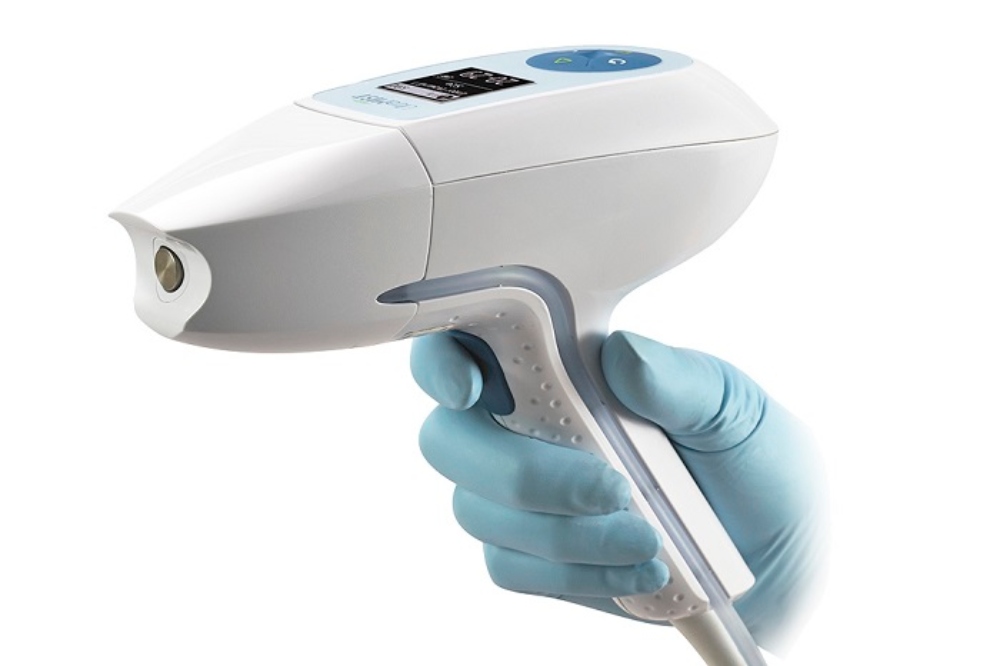Comments
- No comments found

For those in the healthcare industry, providing quality care for wounds needs to be done quickly and effectively.
As technology progresses at a rapid pace, there are more options becoming available that can help make wound care easier and more efficient. In this article, we’ll explore some of the most innovative technologies offering solutions for wound care – from AIs that assess wounds and recommend treatments, to VR simulations for medical professionals wanting to improve their technique. Read on to learn how these exciting advances can revolutionize patient outcomes!
Over the years, wound care has evolved significantly, with new technologies being introduced to better manage and treat wounds. From traditional treatments such as dressings and bandages to more advanced therapies, current wound care technologies have made remarkable progress towards quicker healing and recovery times. One such technology is Negative Pressure Wound Therapy, which involves utilizing negative pressure to speed up wound healing. Another innovation is the use of Biologics, which are substances derived from living organisms to promote tissue growth and regeneration. Additionally, antimicrobial dressings and topical agents are being used to prevent infections and promote faster wound healing. With these advancements, patients can now receive more effective treatments that minimize complications and lead to better outcomes.
Nanotechnology has revolutionized the field of wound care, offering a range of benefits that were previously unimaginable with traditional methods. One of the greatest advantages of nanotechnology in wound care is its ability to facilitate faster and more efficient wound healing. By harnessing the power of nanomaterials, medical professionals can target specific cells and damaged tissue in the wound site, accelerating the natural healing process and reducing the risk of infection. In addition, nanotechnology allows for the development of advanced wound dressings that can actively protect and nourish the wound site, creating an optimal environment for healing. With these and other benefits, it is clear that the use of nanotechnology in wound care is a game-changer for healthcare professionals and patients alike.
Advancements in technology have transformed the way we approach healthcare, and wound care is no exception. Robotics are now playing a critical role in enhancing outcomes for patients with various conditions. From pressure ulcers to surgical wounds, robots are helping to reduce healing time, minimize infection risk, and improve overall patient experience. By automating certain wound care tasks, healthcare professionals can focus on more complicated cases, leading to better patient outcomes. The use of robotics in wound care is just one example of how technology is changing the face of healthcare, making treatments more effective and efficient. With continued innovation, there is no doubt that robots will continue to play an invaluable role in healthcare.
Negative Pressure Wound Therapy (NPWT) is a ground-breaking technique used in wound care, which has significantly improved the healing process. This therapy works by applying sub-atmospheric or 'negative' pressure to the wound, which can help to remove excess fluid, reduce swelling, and stimulate the growth of new tissue. As the advancements in wound care technology continue to evolve, an increasing number of wound vac therapy companies are emerging, each offering unique solutions to improve the healing process and patient outcomes. Additionally, the negative pressure promotes increased blood flow to the wound area, providing the necessary oxygen and nutrients for enhanced wound healing. This non-invasive method has proven to be highly effective in treating a wide range of wounds, from burns and ulcers to postoperative wounds, and is a testament to how technology can improve patient care and outcomes.
As technology advances, the potential applications of artificial intelligence continue to expand, and wound care is no exception. Imagine a world where computers can analyze the severity of a wound and calculate the best treatment plan with unparalleled accuracy and speed. Researchers are already exploring the possibilities of AI in wound care, which could potentially revolutionize the entire industry. From detecting early warning signs of infection to predicting wound healing time, AI has the potential to significantly improve patient outcomes and even save lives. While there is still much to learn about the full capabilities of AI in wound care, the future is looking bright for this exciting new frontier in healthcare technology.
The healthcare industry has undergone immense changes over the years, and telemedicine is one of the latest advancements that has proven to be a game-changer. The power of telemedicine in wound care has revolutionized the way healthcare providers manage patients with chronic wounds. With telemedicine, patients can receive real-time consultations and wound assessments from the comfort of their homes, saving time and resources that would otherwise be spent traveling to and from hospitals. Healthcare providers, too, benefit from telemedicine, as they can easily monitor their patients remotely and prescribe appropriate treatments. It's clear that telemedicine is changing the landscape of wound care, improving accessibility and patient outcomes.
The advent of big data analytics has been a game-changer in contemporary wound care, providing healthcare professionals with a wealth of information to guide their treatment strategies. By analyzing data sets from various sources, including patient records, wearables, and other medical devices, healthcare providers can identify patterns, predict healing times, and even determine the likelihood of complications. This can not only lead to personalized wound care treatments but also help in the prevention of wounds in high-risk patients. The integration of big data analytics into wound care is a testament to how technology continues to drive innovations, improving patient outcomes and overall healthcare efficiency.

The field of wound care has come a long way, transforming from traditional bandages and dressings to implementing cutting-edge technologies such as nanotechnology, robotics, artificial intelligence, telemedicine, and big data analytics. These advancements are not only making treatments more efficient and effective but also significantly enhancing patient outcomes. The continuous evolution of these technologies promises a future where wound care will be highly personalized, more accessible, and result in quicker healing times. This is an exciting time in healthcare, where the fusion of technology and medicine is revolutionizing patient care, and wound care is at the forefront of this revolution. These technological innovations, while still in their nascent stages, hold immense potential and it will be intriguing to see what the future holds.
Leave your comments
Post comment as a guest